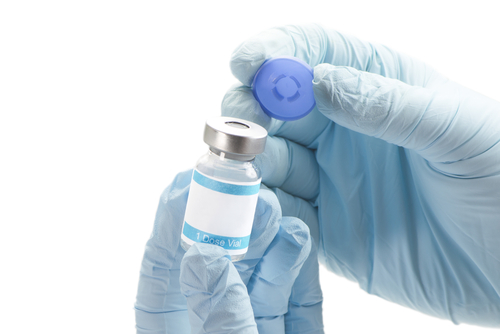Fabry Patients Show More Improvement with Fabrazyme Treatment, Study Finds

Treatment with Fabrazyme (agalsidase beta) leads to greater heart and biochemical improvements in Fabry disease patients than Replagal (agalsidase alfa), a study suggests.
The study, “Agalsidase alfa versus agalsidase beta for the treatment of Fabry disease: an international cohort study,” appeared in the Journal of Medical Genetics.
Fabry disease is a genetic lysosomal disorder caused by a deficiency of the enzyme alpha galactosidase A, which leads to a buildup in cells of globotriaosylceramide (Gb3), a fat molecule known as a ganglioside.
Patients also have elevated blood (plasma) levels of globotriaosylsphingosine (lysoGb3), which can be used to track treatment effects and distinguish between the classical, more severe, earlier-onset phenotype and the nonclassical, milder phenotype, which mainly affects the heart.
The first specific treatment for Fabry disease consisted of enzyme replacement therapy (ERT) with alpha galactosidase. Two ERTs, Replagal and Fabrazyme, are both available in Europe and Canada, while only Fabrazyme is approved in the U.S. These ERTs share similar biochemical and structural features, but the recommended dose of Fabrazyme is five times greater.
Only two clinical trials have been conducted to date comparing these two treatments. The effect of Replagal and Fabrazyme on the symptoms of Fabry patients has not been fully determined, hampered by different inclusion criteria across existing studies, as well as an absence of patient classification into the two disease phenotypes.
Use of these ERTs may also lead to the development of neutralizing antibodies against the enzymes, which has been associated with a smaller decrease of lysoGb3.
Researchers compared the clinical and biochemical outcomes of treatment with Replagal and Fabrazyme in an international study at centers in the Netherlands, Germany, and the U.K. The data were combined with that of an eight-year follow-up of patients on ERT in the Canadian Fabry Disease Initiative (CFDI).
Investigators analyzed clinical event rate, left ventricular mass index, — a measurement of left ventricular hypertrophy that correlates to a greater risk of heart attack and stroke — glomerular filtration rate (an assessment of kidney function), antibody formation, and lysoGb3 levels.
A total of 387 patients were studied (191 women), 248 of whom received Replagal. Mean age at the start of ERT was 46 years.
Results showed that treatment with Fabrazyme correlated to a greater decrease in plasma lysoGb3 levels in men with classical Fabry disease, matching previous results. This result was consistent even in the presence of neutralizing antibodies.
Fabrazyme was associated with a greater risk of developing the antibodies, which researchers attribute to the higher prescription dosage and different manufacturing methods.
Fabrazyme also led to a greater decrease in left ventricular mass index in the first year of treatment. However, clinical event rate and glomerular filtration rate were similar across the two treatment groups.
The team was unable to establish a relationship between a decrease in lysoGb3 plasma levels and clinical outcome. “A reason for this is that the lysoGb3 merely reflects reduction in storage material,” they wrote. Irreversible organ damage also could explain disease progression in some patients receiving ERT.
There were some limitations to the study, but researchers believe that even though they were unable to show a difference in event rate between patients treated with Replagal and Fabrazyme, these results “suggest a more pronounced reduction of storage materials, with agalsidase beta.”






